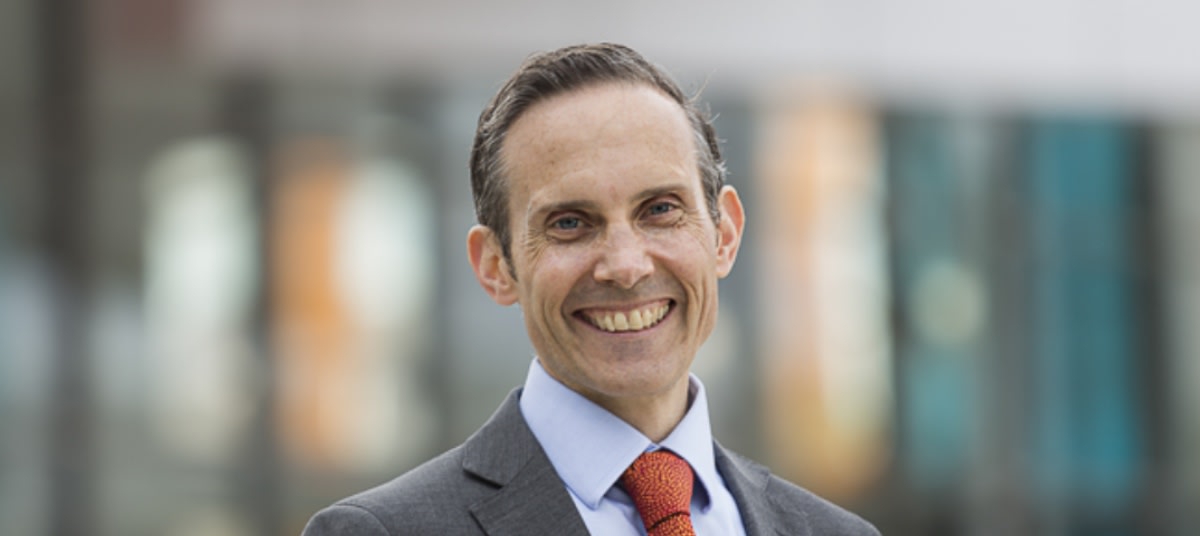
The Treasury has tipped that the government won’t lean on ‘taxes and transfers’ to scale back rising inflation but instead depends on the independent central bank.
The Assistant Minister for Competition, Charities and Treasury, Andrew Leigh, has sympathised with the thousands of Australian mortgage holders who are facing a “big challenge” as interest rates are expected to continue to rise.
However, he added that monetary policy remains the best avenue for bringing down inflation, as such, fiscal policies such as increasing taxes were not in negotiation.
“In terms of bringing inflation back under control, that’s principally going to be an issue for monetary policy,” Mr Leigh said during an ABC interview.
“Having that monetary policy independence has served Australia well.”
The comments come ahead of the Reserve Bank of Australia’s (RBA) February monetary policy meeting next Tuesday (7 February), which economists say will likely see another 25-bp bump (at least) to the cash rate as inflation hit a 33-year high in the December quarter 2022.
According to the Australian Bureau of Statistics (ABS), the high prices were driven by domestic travel and holiday spending, which increased 13.3 per cent in the quarter while new housing had steadied up 1.7 per cent.
While Mr Leigh noted that inflation was “unacceptably high”, he believed 7.8 per cent was the peak.
“The challenge for us as a federal government is to make sure we’re doing all we can to unlock those supply chain blockages, to make sure we’re working on the supply side to deal with inflation while the Reserve [Bank] works on the demand side,” Mr Leigh said.
As the Reserve Bank aims to steer inflation back down between 2–3 per cent by bumping up the interest rates, the pressure on families is growing, Mr Leigh said.
“We understand that that puts pressure on households,” Mr Leigh said.
“I’m concerned about people who overstretched and now find themselves copping big increases in their monthly repayments.
“But we’re under no illusions about the pressures that Australians face … and we’re working on policies such as housing, childcare, and supporting families in order to make sure that the bite of those with higher interest rates is less than it would otherwise be.”
Mortgage stress hits 10-year high
Indeed, the current rising rate environment has resulted in an estimated 1.1 million mortgage holders (23.9 per cent) put ‘at risk’ of ‘mortgage stress’ in the three months to December 2022 according to Roy Morgan data.
Roy Morgan confirmed for the first time in this cycle of interest rate increases, the proportion of mortgage holders now considered ‘at risk’ of mortgage stress (23.9 per cent) is above the long-term average of 22.8 per cent stretching back to early 2007.
However, despite the sharp increase in the level of mortgage stress during the last year, the overall number remains well below the high reached during the global financial crisis (GFC) in early 2009 of 35.6 per cent (1,455,000 mortgage holders), it compared.
[Related: Inflation will moderate this year, says Treasurer]
